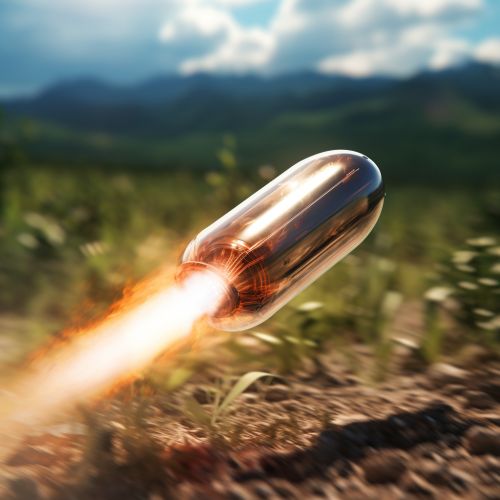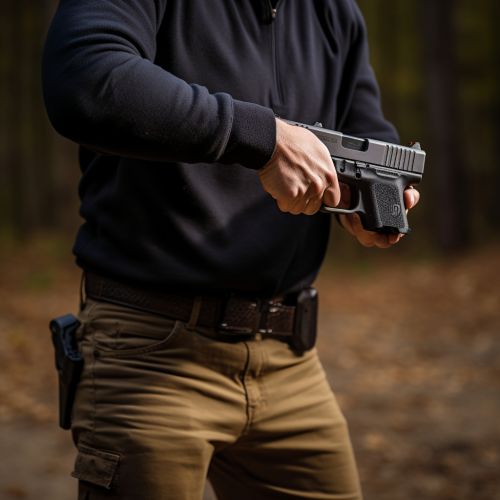Gunshot wound
Introduction
A gunshot wound (GSW) is a form of physical trauma sustained from the discharge of arms or munitions. The severity of a GSW can vary greatly depending on the location and speed of the bullet upon impact, the type of firearm used, and the distance from which the shot was fired.
Types of Gunshot Wounds
There are several types of gunshot wounds, which can be categorized based on the nature of the wound and the type of firearm used.
Penetrating Wounds
A penetrating gunshot wound occurs when a bullet enters the body and remains there without exiting. This type of wound can cause significant internal damage, as the bullet can fragment upon impact, causing multiple wound channels.
Perforating Wounds
Perforating gunshot wounds are those in which the bullet enters and exits the body. The exit wound is typically larger than the entry wound due to the bullet's force and trajectory.
Graze Wounds
A graze gunshot wound occurs when a bullet only partially penetrates the skin, causing a superficial wound.
Factors Influencing Gunshot Wounds
Several factors can influence the severity and type of a gunshot wound. These include the type of firearm used, the distance from which the shot was fired, and the bullet's trajectory and speed.
Firearm Type
The type of firearm used can greatly influence the nature of a gunshot wound. For example, wounds from handguns tend to be less severe than those from rifles due to the lower velocity of handgun bullets.
Distance
The distance from which a shot is fired can also influence the severity of a gunshot wound. Shots fired from a close range can cause more damage than those fired from a distance due to the higher velocity of the bullet upon impact.
Bullet Trajectory and Speed
The trajectory and speed of a bullet can also influence the severity of a gunshot wound. A bullet that travels in a straight line and at a high speed can cause more damage than one that travels at a slower speed or in a curved path.


Treatment of Gunshot Wounds
The treatment of gunshot wounds involves several steps, including immediate first aid, surgical intervention if necessary, and long-term care and rehabilitation.
Immediate First Aid
The first step in treating a gunshot wound is to apply immediate first aid. This includes applying pressure to the wound to stop bleeding, cleaning the wound to prevent infection, and immobilizing the injured area.
Surgical Intervention
In some cases, surgical intervention may be necessary to treat a gunshot wound. This can involve removing the bullet, repairing damaged tissues and organs, and treating complications such as infection or internal bleeding.
Long-Term Care and Rehabilitation
Following immediate treatment, long-term care and rehabilitation may be necessary. This can involve physical therapy to restore function and strength to the injured area, as well as psychological support to help cope with the trauma of the injury.
Prevention of Gunshot Wounds
Prevention of gunshot wounds involves a combination of personal safety measures, legislative action, and public education. This includes safe handling and storage of firearms, legislation to regulate the sale and possession of firearms, and education about the risks and consequences of firearm use.


